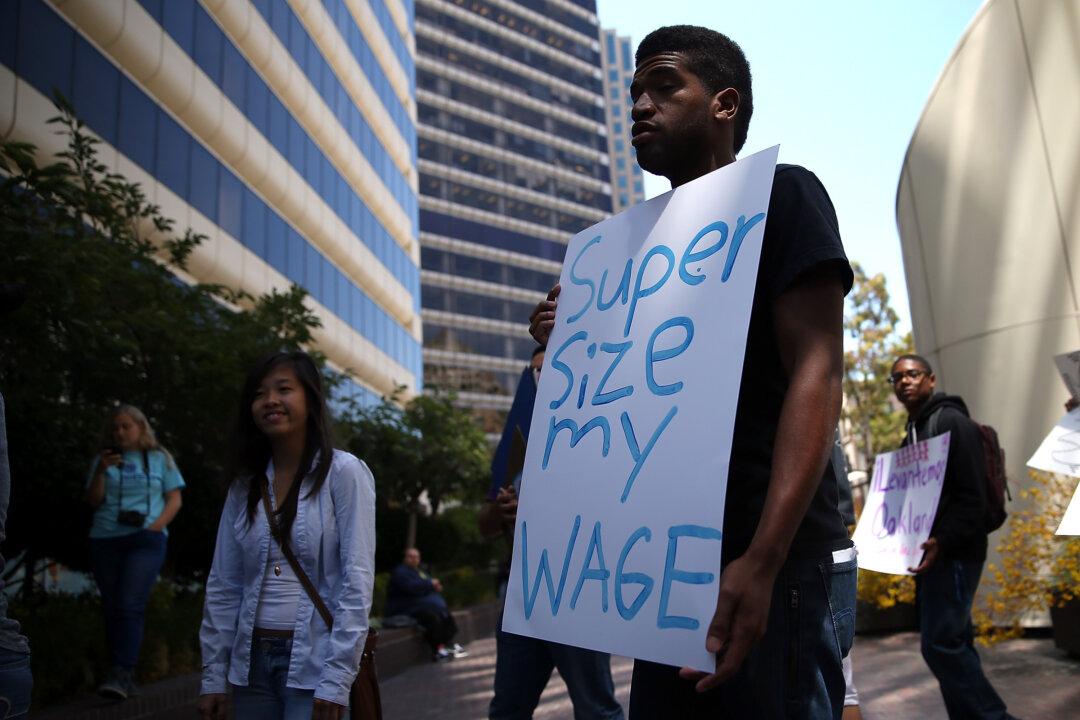As California enters its fourth year of a phased minimum wage increase, industry leaders and experts continue to express a variety of perspectives on its value and impacts.
Beginning Jan. 1, 2020, the minimum wage for all employers with 26 or more employees will increase to $13 per hour. Employers with 25 or fewer workers must increase their hourly wages to at least $12.





